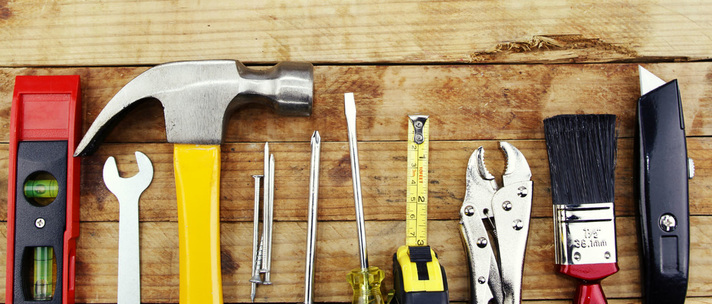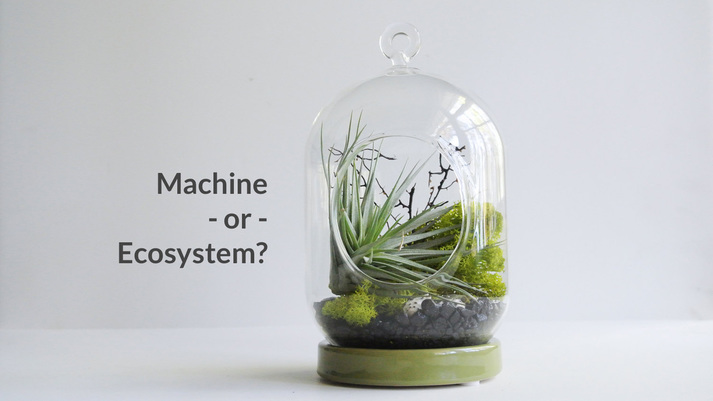Many remember the 2014 Time magazine cover that inserted mindfulness into the broader organizational conversation, posing questions about business practices that surprised more than a few companies. Since then, our exposure to mindfulness has grown as have the predictable emergence of groups identifying as adherents and skeptics of the idea. I encountered someone in the latter category today and our conversation reminded me about the nature of tools.
Tools are designed for a purpose, to solve a particular problem or provide assistance for a specific task. Wrenches tighten and loosen. Saws cut. Drills drive screws into objects so they can be joined securely to other objects. But who hasn’t used a wrench, the handle of a screwdriver or even a shoe to pound a nail when a hammer wasn’t at hand?
Here’s the thing about tools: regardless of the original intention, it is the user who ultimately determines their use and purpose.
The same is true of the advances in management theory and organizational best practices.
Emotional Intelligence hit the big-time in 1995. Gallup produced their StrengthsFinder research in 2001. Holocracy showed up in the mid 2000s. Mindfulness hit the broader scene with the Time article in 2014, and countless others have preceded these. All of these schools of thought, leadership theories, coaching methodologies, organizational interventions, training programs etc. are tools - nothing more, nothing less. And all tools can - and have been - used constructively, creatively and harmfully, depending upon the user.
The usefulness - and harmfulness - of a tool
lies in the hands of the user.
My questions to you:
- How are you using the tools available to you? Are using the tool as it was intended or are you finding innovative ways to use traditional tools?
- What tools bring about the transformative change your organization needs?



 RSS Feed
RSS Feed